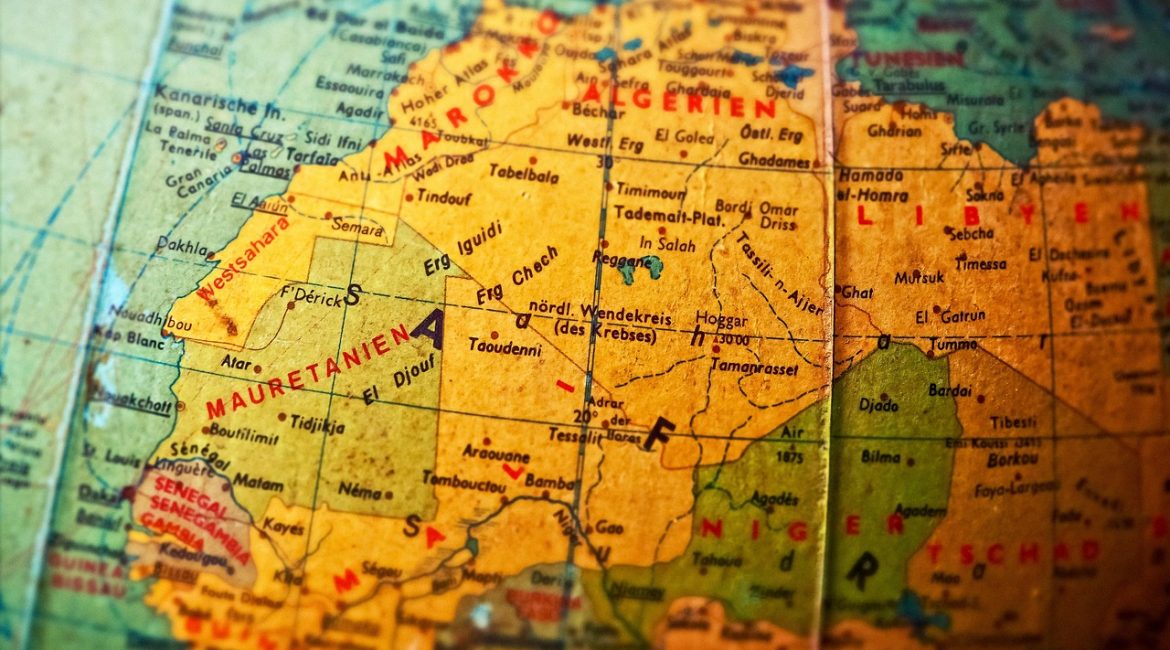To some of us, it seems that the rapid and formal changes in some countries may restrain the spread of fundamentalist organizations. In reality, this is completely contrary to the nature of these organizations, the goals and the methods of their actions, as seen by those who have known and studied them.
For three years, the voice of Al-Qaeda, along with most of its branches in the Middle East, has faded. This suspicious absence suggests that a resurgence is imminent at a specific time, in a different form, and perhaps in an unconventional and unusual manner.
Fundamentalist organizations, led by Al-Qaeda, know that political changes force them to adopt different structural paths. This has been known since the organization's foundation, as it shifts its tactics according to regional circumstances and uses deceptive rhetoric to adapt to the changing public moods. It targets generations that have grown up with ideas and interests different from the traditional generations that it was able to attract and recruit four decades ago.
Under such circumstances, Al-Qaeda does not surrender, but rather relocates itself in other more sustainable and secure areas, less costly and risky. Thus, in the recent years, Al-Qaeda's African branch, the "Jama'at Nusrat al-Islam wal-Muslimin" (JNIM), has launched its operations in Mali with the goal of penetrating the borders of Mauritania and Senegal. The same group has intensified its efforts in recent months toward western Mali as a geographic gateway and a political and economic front line, paving the way for a move to Mauritania and Senegal and approaching the Atlantic coast. This also comes within the framework of a larger strategy aimed at expanding the pillars of Al-Qaeda in the Sahel and West Africa. JNIM is taking tactical steps aimed at controlling the administrative and economic aspects of the state in Mali, exploiting the turbulent internal political conditions.
And to make matters worse, the region is now the subject of competition between ISIS and Al-Qaeda, as ISIS has expanded in the Tillaberi region in Niger, which is the border area linking Mali, Burkina Faso and Benin. It is also more concentrated in Borno State in Niger, and its activity extends towards the north-western borders of Nigeria and in the lake Chad basin, where it has a human base of 8 to 12 thousand members. It has also carried out attacks using armed drones against military installations in the states of Borno and Yobe since 2024.
Here, some comments are to be highlighted:
First: Al-Qaeda is tactically and structurally different from ISIS. Al-Qaeda is an organization that strives to be more hierarchical and institutionalized; this means avoiding the kind of disruption that would lead to exposure. Furthermore, the level of research into the surrounding reality, wherever it chooses, is often more accurate than the hasty approach of ISIS, which lacks such a method of analyzing facts.
Second: Al-Qaeda, especially in the Middle East, is attempting to rehabilitate and revitalize itself at all levels. If we revisit the history of the organization's emergence and how its terrorism and fundamentalism began in the mid-1990s, we find that it escalated in response to events, culminating on September 11, 2001.
Nowadays, Al-Qaeda is trying to promote its terrorist ideology in a different way. Evidence of this is that a group of its leaders regularly appear on social media, citing thinkers and even philosophers, to disseminate their preposterous sayings and ideas to generations who do not know them and have never read their works.
In short, Al-Qaeda's presence in Mali, with the aim of penetrating Mauritania and Senegal, is mysterious and latent, but very active. Then, we have to follow and understand the strategy of this fundamentalist organization and how it tries redrawing its maps, waiting for the moment to jump, detonate, and even claim revenge.

